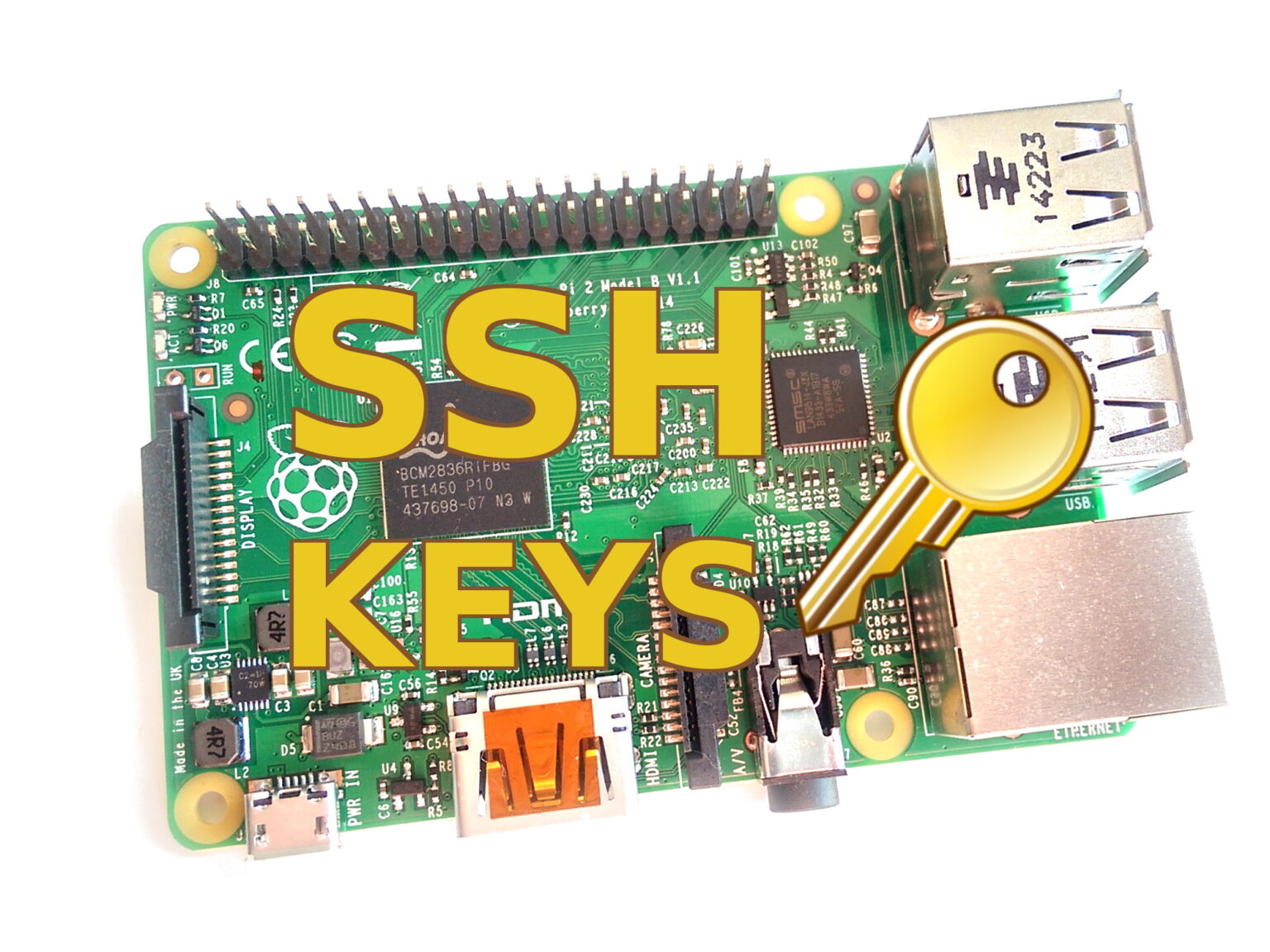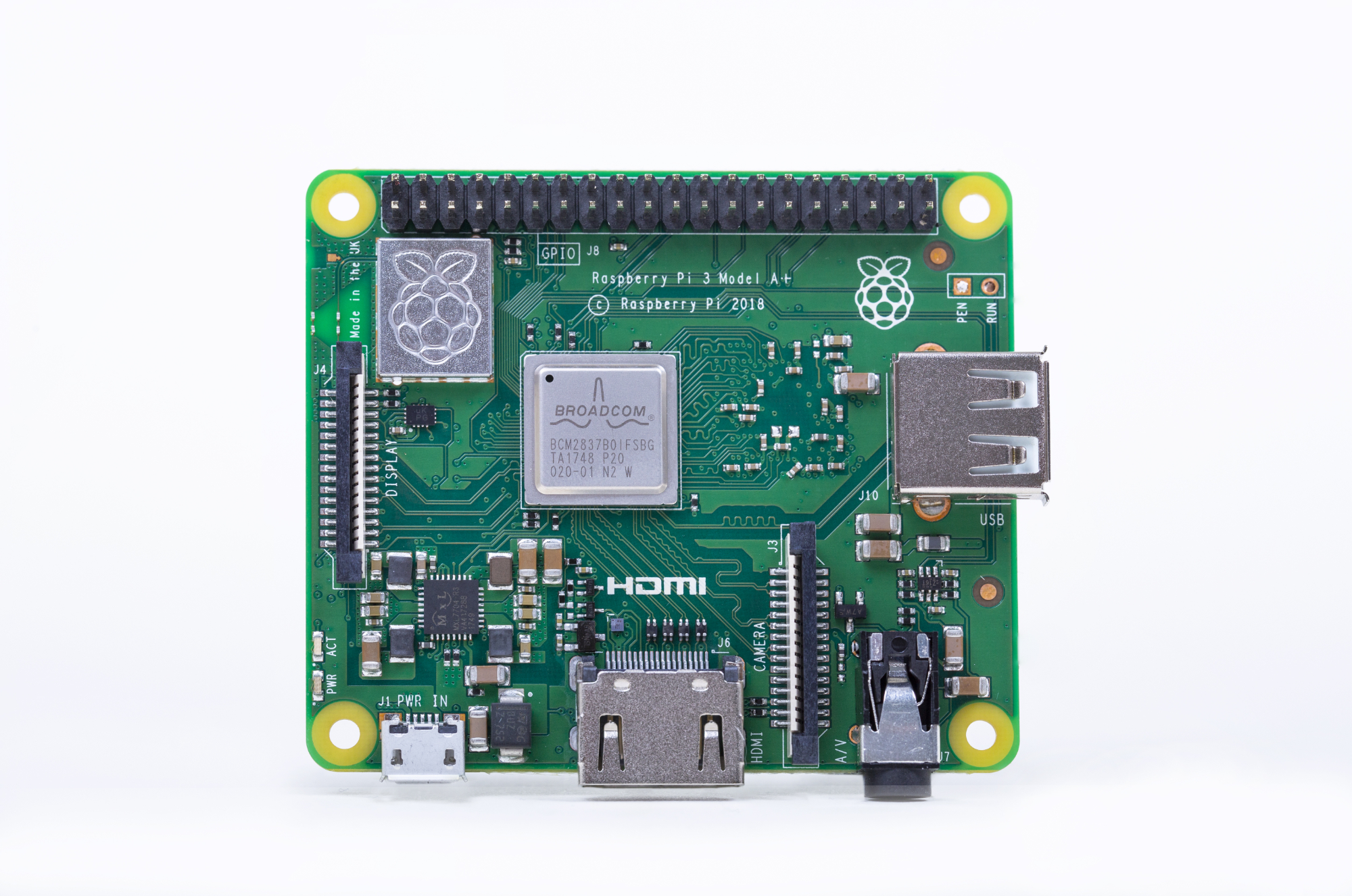Hey there, tech enthusiasts! If you're reading this, chances are you're diving headfirst into the world of IoT and Raspberry Pi. Let's face it—remote access is the name of the game in today's tech-driven landscape. But how do you secure your Raspberry Pi setup without breaking the bank? Enter the RemoteIoT platform SSH key Raspberry Pi free solution. In this article, we'll break it all down for you, step by step, so you can get up and running in no time.
Now, before we dive into the nitty-gritty, let's set the stage. The RemoteIoT platform has been making waves in the tech community, offering a seamless way to manage and secure IoT devices remotely. And when it comes to securing your Raspberry Pi, nothing beats the power of SSH keys. But here's the kicker—you don't have to spend a dime to get started. Sound too good to be true? Stick around, and we'll show you how it’s done.
This guide isn’t just about throwing jargon at you. We’re here to make sure you understand every step, from setting up your Raspberry Pi to securing it with SSH keys, all while leveraging the free features of the RemoteIoT platform. So grab your favorite beverage, and let’s get started on this tech adventure!
- Aditi Mistry Nude Videos Debunking Myths Understanding Facts And Celebrating Privacy
- Boliflex The Ultimate Workout Partner For Fitness Enthusiasts
Table of Contents
- What is RemoteIoT Platform?
- Raspberry Pi Basics
- Why Use SSH Keys for Raspberry Pi?
- RemoteIoT Platform Features
- Setting Up SSH on Raspberry Pi
- Free Options for RemoteIoT and SSH
- Security Tips for Raspberry Pi
- Troubleshooting Common Issues
- Real-World Applications
- Conclusion: Your Next Steps
What is RemoteIoT Platform?
Alright, let's start with the basics. The RemoteIoT platform is like your personal assistant for managing IoT devices from anywhere in the world. Imagine being able to control your home automation system, monitor sensors, or even tweak settings on your Raspberry Pi—all without being physically present. Sounds awesome, right?
This platform offers a range of features that cater to both beginners and seasoned pros. From remote access to device management, RemoteIoT has got you covered. And the best part? You can use it for free, at least for the basic features. So whether you're tinkering with a hobby project or building a professional-grade IoT solution, RemoteIoT can be your go-to tool.
Why RemoteIoT Stands Out
Here are a few reasons why RemoteIoT has become a favorite among IoT enthusiasts:
- Bollyflix Com Movie Your Ultimate Guide To Streaming Bollywood Films
- Ullu Web Series Movierulz Your Ultimate Guide To Streaming And Downloading
- Easy-to-use interface that even a tech newbie can navigate.
- Robust security features to keep your devices safe.
- Integration with popular IoT devices, including Raspberry Pi.
- Free tier that offers plenty of functionality for most users.
Raspberry Pi Basics
Before we jump into the RemoteIoT platform, let's talk about the star of the show—Raspberry Pi. For those who are new to the game, Raspberry Pi is a small, affordable computer that you can use for a variety of projects, from building a media center to creating complex IoT systems.
But why is Raspberry Pi so popular? Well, for starters, it's incredibly versatile. You can run a variety of operating systems on it, and its GPIO pins make it easy to interface with other hardware. Plus, it's affordable, which makes it a great choice for hobbyists and professionals alike.
Key Features of Raspberry Pi
Here are some of the standout features of Raspberry Pi:
- Compact size and low power consumption.
- Support for multiple operating systems, including Raspbian and Ubuntu.
- GPIO pins for connecting sensors, motors, and other peripherals.
- A large, supportive community for troubleshooting and project ideas.
Why Use SSH Keys for Raspberry Pi?
Now that we've covered the basics, let's talk about security. When it comes to remote access, SSH (Secure Shell) is the gold standard. But why use SSH keys instead of passwords? Simple—they're more secure.
SSH keys provide a more secure authentication method than traditional passwords. With an SSH key, you generate a pair of keys—a public key and a private key. The public key is placed on the server (in this case, your Raspberry Pi), while the private key stays on your local machine. When you connect to your Pi, the server verifies your identity using these keys, eliminating the need for a password.
Benefits of Using SSH Keys
Here's why SSH keys are a game-changer:
- Increased security—no need to worry about weak or compromised passwords.
- Convenience—once set up, you won't have to enter a password every time you connect.
- Automation—SSH keys can be used in scripts for automated tasks.
RemoteIoT Platform Features
Let's take a closer look at what the RemoteIoT platform has to offer. Whether you're a beginner or a pro, there's something for everyone. Here are some of the key features:
Device Management
With RemoteIoT, you can manage all your IoT devices from a single dashboard. This includes monitoring device status, updating firmware, and even troubleshooting issues—all from the comfort of your couch.
Remote Access
One of the standout features of RemoteIoT is its ability to provide secure remote access to your devices. Whether you're at home or halfway around the world, you can connect to your Raspberry Pi as if you were sitting right in front of it.
Integration
RemoteIoT integrates seamlessly with popular IoT platforms and devices, including Raspberry Pi. This makes it easy to incorporate into existing systems or start fresh with a new project.
Setting Up SSH on Raspberry Pi
Now that we've covered the basics, let's get our hands dirty. Setting up SSH on your Raspberry Pi is a straightforward process, and we'll walk you through it step by step.
Step 1: Enable SSH on Raspberry Pi
First things first, you need to enable SSH on your Raspberry Pi. You can do this by running the following command in the terminal:
sudo raspi-config
Navigate to "Interfacing Options," then select "SSH," and enable it. That's it—you're ready to roll.
Step 2: Generate SSH Keys
Next, you'll need to generate your SSH keys. On your local machine, run the following command:
ssh-keygen -t rsa -b 4096
This will generate a pair of SSH keys. You'll be prompted to enter a file location and passphrase (optional). Once done, your keys will be ready to use.
Step 3: Copy Public Key to Raspberry Pi
The final step is to copy your public key to your Raspberry Pi. You can do this using the following command:
ssh-copy-id pi@your_raspberry_pi_ip
Replace "your_raspberry_pi_ip" with the actual IP address of your Pi. Enter the password when prompted, and you're good to go.
Free Options for RemoteIoT and SSH
One of the best things about the RemoteIoT platform is that it offers a free tier that's packed with features. Here's what you can expect:
Free Features
- Basic device management capabilities.
- Secure remote access to your devices.
- Integration with popular IoT platforms.
And don't forget—you can set up SSH on your Raspberry Pi for free. All you need is a bit of time and patience, and you'll have a secure, remote-accessible system in no time.
Security Tips for Raspberry Pi
Security should always be a top priority when working with IoT devices. Here are a few tips to help you keep your Raspberry Pi safe:
1. Use Strong Passwords
Even if you're using SSH keys, it's a good idea to set a strong password for your Pi. Avoid using common passwords or ones that are easy to guess.
2. Keep Software Up to Date
Regularly update your operating system and installed software to ensure you have the latest security patches.
3. Use a Firewall
A firewall can help protect your Pi from unauthorized access. Consider using a tool like UFW (Uncomplicated Firewall) to simplify the process.
Troubleshooting Common Issues
Even the best-laid plans can hit a snag. Here are some common issues you might encounter and how to fix them:
Issue 1: Unable to Connect via SSH
Make sure SSH is enabled on your Raspberry Pi and that your firewall rules allow SSH traffic. Also, double-check that you're using the correct IP address.
Issue 2: SSH Key Not Working
If your SSH key isn't working, ensure that it's correctly copied to the authorized_keys file on your Pi. You can verify this by running:
cat ~/.ssh/authorized_keys
Real-World Applications
Now that you know how to set up SSH on your Raspberry Pi and leverage the RemoteIoT platform, let's talk about some real-world applications:
Home Automation
Use your Pi to control smart home devices, from lighting to thermostats, all from a remote location.
Security Monitoring
Set up a surveillance system with motion detection and remote access via your Pi.
Remote Data Collection
Deploy sensors in remote locations and collect data securely using SSH and the RemoteIoT platform.
Conclusion: Your Next Steps
And there you have it—a comprehensive guide to setting up SSH on your Raspberry Pi and leveraging the RemoteIoT platform for secure remote access. Whether you're a hobbyist or a professional, these tools can help you take your IoT projects to the next level.
So what are you waiting for? Grab your Raspberry Pi, set up those SSH keys, and start exploring the world of IoT with the RemoteIoT platform. And don't forget to share your experiences in the comments below—we'd love to hear how you're using these tools!
Thanks for reading, and happy tinkering!
- Hdhub4u Hindi Movie Your Ultimate Destination For Bollywood Entertainment
- Hdhub4u Web Your Ultimate Destination For Entertainment


